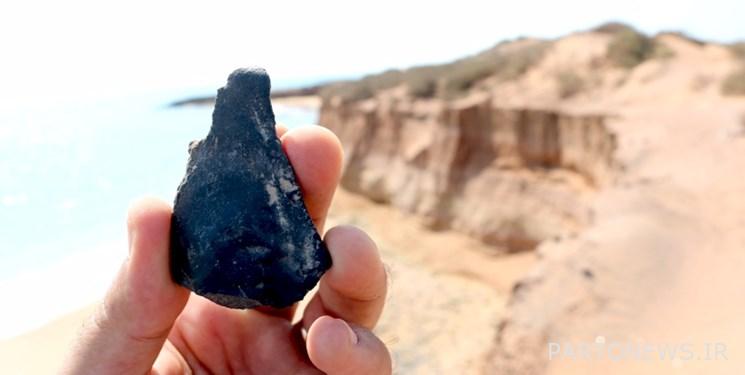Discovery of evidence of early human habitation on the island of Hormuz

According to Fars News Agency, Sepehr Zarei, the head of the Archaeological Board, announced the news: “The results of the initial survey of the multi-tree site to assess the capacity of the site for future field programs, made it clear that the history of human presence on the island needs to be reviewed.”
He stated: “Despite the significant stone structures and especially the presence of Luvalva technique, this complex can be attributed to the Middle Paleolithic period.”
The archaeologist added: “These new findings confirm the presence of hunter-gatherer groups in the Paleolithic period on this island and indicate the importance of the Strait of Hormuz in the Paleolithic archeology of the Persian Gulf and the southern coast of Iran.”
Zarei said: preserving this area and its ecological landscape and conducting more research in this part of the eastern coast of Hormoz Island is one of the research-conservation goals of the General Directorate of Cultural Heritage, Tourism and Handicrafts of Hormozgan Province.
He expressed the hope that future research, including intensive surveying, systematic sampling, on-site excavation and supplementary studies, would increase archaeologists’ knowledge of the development of Paleolithic groups and the connection of the Persian Gulf with southern Iran and the Arabian Peninsula during the Pleistocene.
The archaeologist added: “The area of several trees is the first evidence of Paleolithic settlements on the island of Hormuz and after the roof of Qeshm, the second evidence of such settlements in the Persian Gulf islands.”
The Director General of Cultural Heritage, Tourism and Handicrafts of Hormozgan Province, referring to the identification of a Paleolithic site by the experts of the General Directorate on the east coast of Hormoz Island, stated: According to the observations of archaeologists, their technological and typological features and the existence of Luvalwa technique can be attributed to the Middle Paleolithic period.
Banavand added: “The period that coincides with the presence of Neanderthals and probably ancient intelligent humans in Iran and began about 200,000 years ago and ended about 40,000 years ago.”
Referring to previous archeological studies on the island of Hormuz, which began in the 1310s and during which only the remains and remains of settlements of the Islamic period were found, he explained: But during the visit of experts from the General Directorate of Cultural Heritage of Hormozgan province The naval garrison was identified as “Chand Drakht”.
End of message /
You can edit this post
Suggest this for the front page
.

